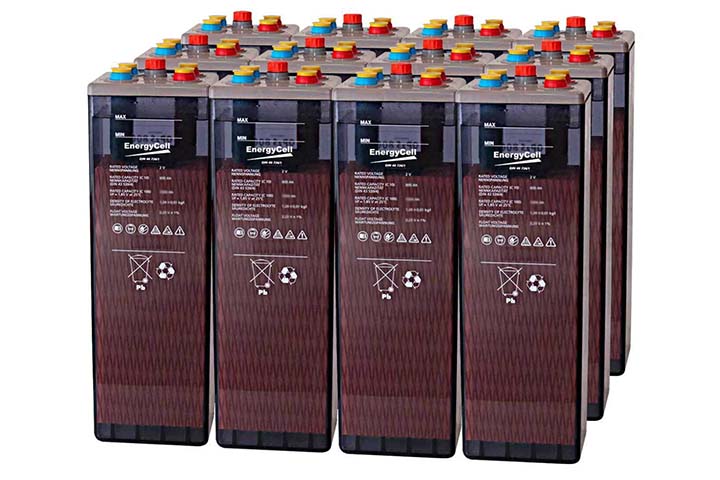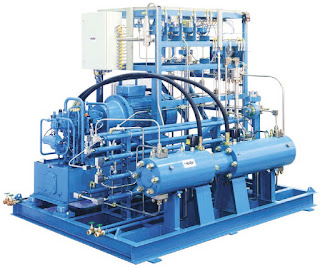What is a Condenser? Everything we need to know about Condensers and their types
In any systems with heat transfer like refrigerators, home air conditioning equipment chillers, heat pumps and ventilators there are many parts cooperating to transfer heat out of the entire system: but among these parts, one of them is basically known as the heat rejector and it is called condenser.
We are going to examine how does a condenser work . What are the Condenser Working Principles? Stay with us.
A condenser is designed to transfer heat from a working fluid to a secondary fluid or the surrounding air. The condenser relies on the efficient heat transfer that occurs during phase changes, in this case during the condensation of a vapor into a liquid. The vapor typically enters the condenser at a temperature above that of the secondary fluid. As the vapor cools, it reaches the saturation temperature, condenses into liquid and releases large quantities of latent heat. As this process occurs along the condenser, the quantity of vapor decreases and the quantity of liquid increases; at the outlet of the condenser, only liquid remains. Read more
From different types of condenser according to their performance Air-cooled condenser and Water-cooled condenser can be named. Click to read more about Condenser Types.
What is a water cooled condenser? Water-cooled condenser that it’s a type of condenser used in HVAC systems. Condensers have different types such as air cooled condenser, evaporative condenser, and a water-cooled condenser. This categorization is based on their cooling methods.
Water cooled condenser are used in HVAC systems, and there are different types. These types of condensers need cooling towers to save water.
Although a little pricier to install, these condensers are the more efficient type. Commonly used for swimming pools and condensers piped for city water flow, these condensers require regular service and maintenance.
There are different types of water cooled condenser, such as Double-pipe condensers. Click here to read more about different types of water cooling condensers.
What is Evaporative condenser ? First things first, let’s see what this system is. Evaporative condenser is a system that enables the removal of the excess heat from a cooling system. Keep in mind that the heat will be removed when it no longer serves for any purposes. Evaporating water enables this excess heat to be removed. Condensers can be either water-cooled, air-cooled, or evaporative. And in this article, our main focus is on the evaporative ones. Their physical principle is the same as cooling towers but with a few differences that we will mention later in this article.
While these remain the least popular choice, they are used when either water supply is inadequate to operate water cooled condenser or condensation temperature is lower that can achieved by air cooled condenser. Evaporative condensers can be used inside or outside of a building and under typical conditions, operate at a low condensing temperature.
Typically these are used in large commercial air-conditioning units. Although effective, they are not necessarily the most efficient. more information in this link .
Refrences:





Comments
Post a Comment